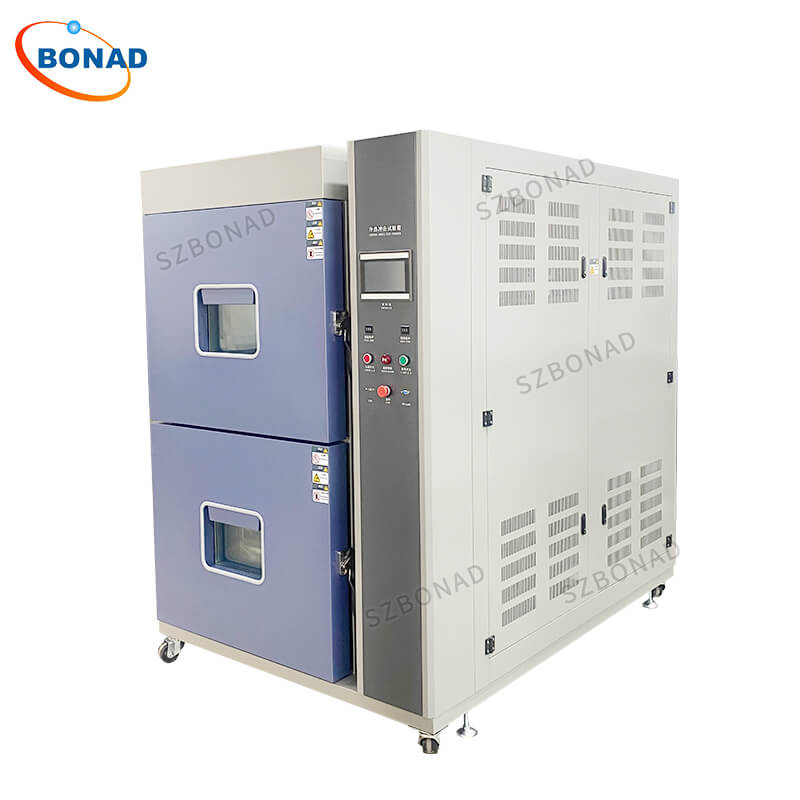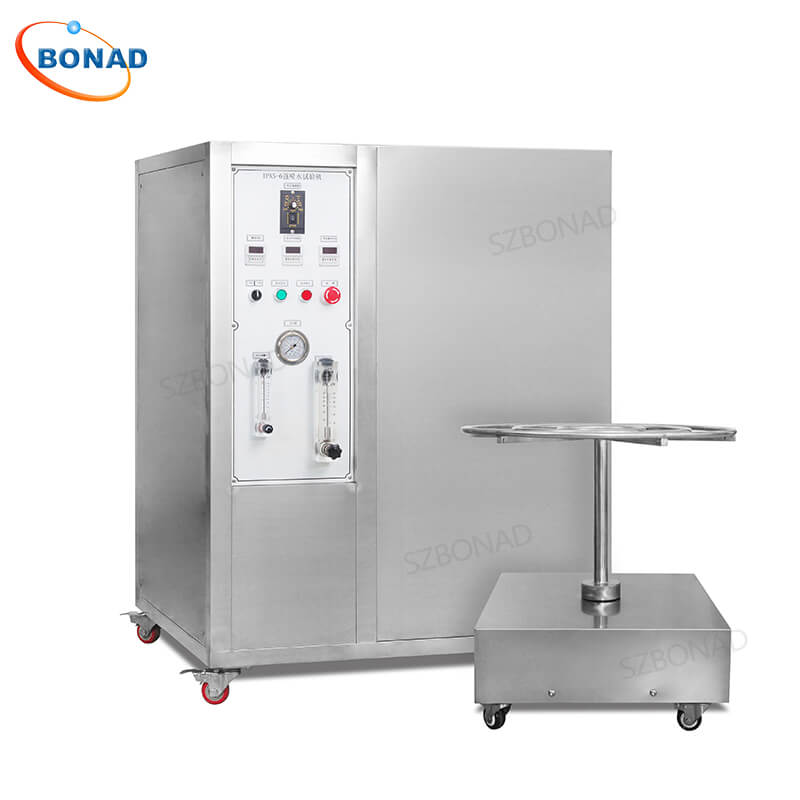How to Choose the Best Thermal Cycle Chamber for Automotive Testing
In the automotive manufacturing industry, ensuring component reliability under extreme temperatures is non-negotiable. Temperature cycle testing is critical for validating the durability and safety of parts like batteries, powertrains, and charging systems. To meet these demands, selecting the right thermal cycle chamber is essential. This guide explores key applications, test parameters, and why the BONAD thermal cycle chamber stands out for automotive testing.

Why Automotive Components Require Thermal Cycle Testing
Modern vehicles face harsh environmental conditions, from freezing winters to scorching summers. Thermal cycle chambers simulate these extremes to identify weaknesses in materials and designs. Below are critical automotive components tested using thermal chambers:
1. Battery Systems
- Battery Cells & Modules: Test thermal expansion/contraction and performance under fluctuating temperatures.
- Battery Management Systems (BMS): Verify functionality in extreme heat or cold.
2. Powertrain Components
- Electric Motors & Inverters: Assess efficiency and material stability during temperature shifts.
- Power Electronics: Ensure resilience against temperature-induced stress in DC/DC converters and onboard chargers.
3. Cooling & Thermal Management Systems
- Liquid Cooling Systems: Validate coolant flow efficiency in radiators, pumps, and pipes.
- Heat Exchangers: Evaluate thermal cycling effects on heat dissipation.
4. Charging Components
- Charging Ports & Cables: Test safe operation under extreme temperatures.
- Wireless Charging Systems: Measure thermal impact on efficiency.
5. Structural & Material Components
- Adhesives & Sealants: Check integrity during expansion/contraction cycles.
- Plastic/Composite Parts: Monitor material degradation under repeated heat cycles.
Key Test Parameters for Automotive Thermal Cycling
When designing a thermal cycling test, manufacturers must prioritize these parameters:
- Temperature Range: Typically -40°C to +85°C, depending on component requirements.
- Cycle Duration: Ranges from 30 minutes to several hours per cycle.
- Number of Cycles: From 100 to 1,000 cycles to simulate the component’s lifespan.
- Ramp Rate: Controlled transitions of 5°C to 10°C per minute to avoid thermal shock.
Why BONAD Thermal Cycle Chambers Excel for Automotive Testing
The BONAD thermal cycle chamber is engineered to meet the rigorous demands of automotive testing. Here’s why it’s a top choice:
1. Ultra-Low Temperature Capability
- Achieves temperatures as low as -86°C, ideal for simulating Arctic conditions.
2. High-Speed Temperature Transitions
- A rapid 10°C per minute ramp rate ensures efficient testing without compromising accuracy.
3. Advanced Refrigerant Options
- Eco-friendly refrigerants like R449A/R508B comply with global environmental standards.
4. High Heat Load Absorption
- Handles 1000W heat loads at -20°C, perfect for testing high-power components.
5. Customizable Testing Profiles
- Adapts to diverse standards (e.g., ISO 16750, IEC 60068) for batteries, electronics, and more.
Optimize Your Automotive Testing Today
Whether you’re testing EV batteries, powertrains, or charging systems, the BONAD thermal cycle chamber delivers unmatched precision and reliability. With its advanced cooling performance and robust design, it ensures your components meet global safety and durability standards.
Ready to upgrade your testing process? Contact us now for a tailored quote and discover how BONAD chambers can elevate your automotive quality assurance.


